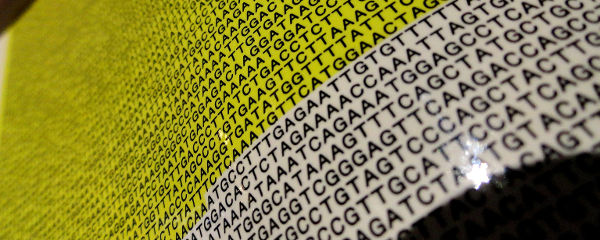What I’ve Learned:
“Pauli exclusion principle: If you’re anything like me, then get the hell out.”
The Pauli exclusion principle sounds like some rule a big Italian bouncer would use to keep you out of a swanky club, or maybe the reason Hollywood doesn’t let Pauly Shore make movies any more.
(That last one doesn’t really need a special name. The reason Pauly Shore isn’t allowed to make movies any more is all of them.)
But the Pauli exclusion principle is something else entirely. In the 1920s, physicists kinda-sorta understood something about the nature of atoms, and the electrons whizzing around them. They knew how many electrons the atoms of each element contained — one for hydrogen, two for helium, five for Milla Jovovich, et cetera — and they knew that some of those elements were more “stable” than others.
In physics terms, this stability meant that atoms of these elements didn’t share electrons with other atoms. They had no extras to give, and no empty electron-sized holes on their knickknack shelves to fill. These elements seemed to have atoms that were “full” of electrons — but no one knew exactly what that meant, or what kept the atoms in that “full” state.
A lot of people guessed it was those godawful Carl’s Jr. Thickburgers. But those didn’t exist yet — so it was probably something else.
Enter physicist Wolfgang Pauli, who simplified matters by making things more complicated. Because this is quantum physics, and that’s how it works most of the time.
At the time, electrons in an atom were characterized by three characteristics, or “quantum numbers”. Together, the values for these numbers described (roughly) the distance, shape and orientation of the electron’s orbit around the atom. And it took a hell of a lot of work to figure those three coordinates out.
Pauli decided that wasn’t enough, and added a fourth. He didn’t know what it was, exactly, but it was some characteristic with one of two possible values, like “on” or “off”. “Shirts” or “skins”. “Team Edward” or “Team Jacob”. Take your pick.
To make up for all the extra math, he then tacked on his Pauli exclusion principle: taking all four characteristics into account, no two electrons in an atom can have the same values. An electron orbital is “full” with two electrons in it — one with each possible value for Pauli’s fourth number. They can’t have the same number — and a third wheel can’t slip in, because both possible numbers are taken.
With that, it all came together. Atoms have different numbers and types and sizes of orbitals, but applying the Pauli exclusion principle explains which ones are “full”, and when the whole atom is “full”. The predictions lined up exactly with what scientists had already observed about atomic behavior. With one simple rule (well, relatively simple, for physics), Pauli gave physics a cornerstone of quantum mechanics and atomic physics. And in 1945, physics gave him back a Nobel Prize for it.
In the following years, Pauli’s fourth quantum number was identified as the “spin” of the electron, which for typically-complicated reasons has a value of either 1/2 or -1/2, but never anything else. All those physicists who bet on “boxers” versus “briefs” were apparently wrong.
But the impact of the Pauli exclusion principle didn’t end with electrons and atoms. The rule applies to all fermions (subatomic particles with half-integer spin), and also explains the characteristics of conductors and semiconductors, shows why matter is stable and takes up volume, and helps astrophysicists describe why white dwarf and neutron stars don’t collapse into black holes. Not bad for a scientific idea that basically started out with electrons picking “heads” or “tails”.



